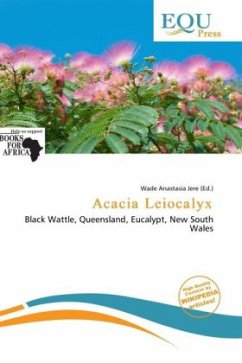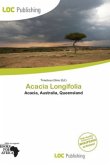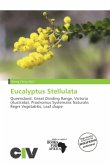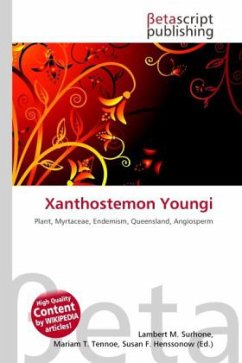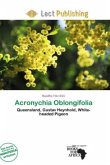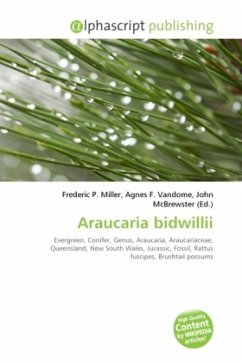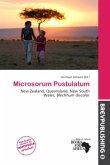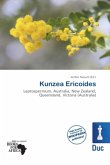Please note that the content of this book primarily consists of articles available from Wikipedia or other free sources online. A. leiocalyx is most closely related to , but the differences between the two species are subtle. In A. leiocalyx the small branches are smooth, sharply angular and usually red-brown, the is short and red, and the is hairless, or almost so. A. concurrens, on the other hand, has stouter, angular branchlets which are scaly and usually not distinctly reddish, a long grey-green pulvinus, and calyces with a few stiff short hairs towards their base. Some intermediates or hybrids between the two species occur in northern N.S.W. It is also related to Acacia crassa. Two subspecies are recognized: Acacia leiocalyx (Domin) Pedley subsp. leiocalyx and Acacia leiocalyx subsp. herveyensis" Pedley, Austrobaileya 1: 180 (1978)

